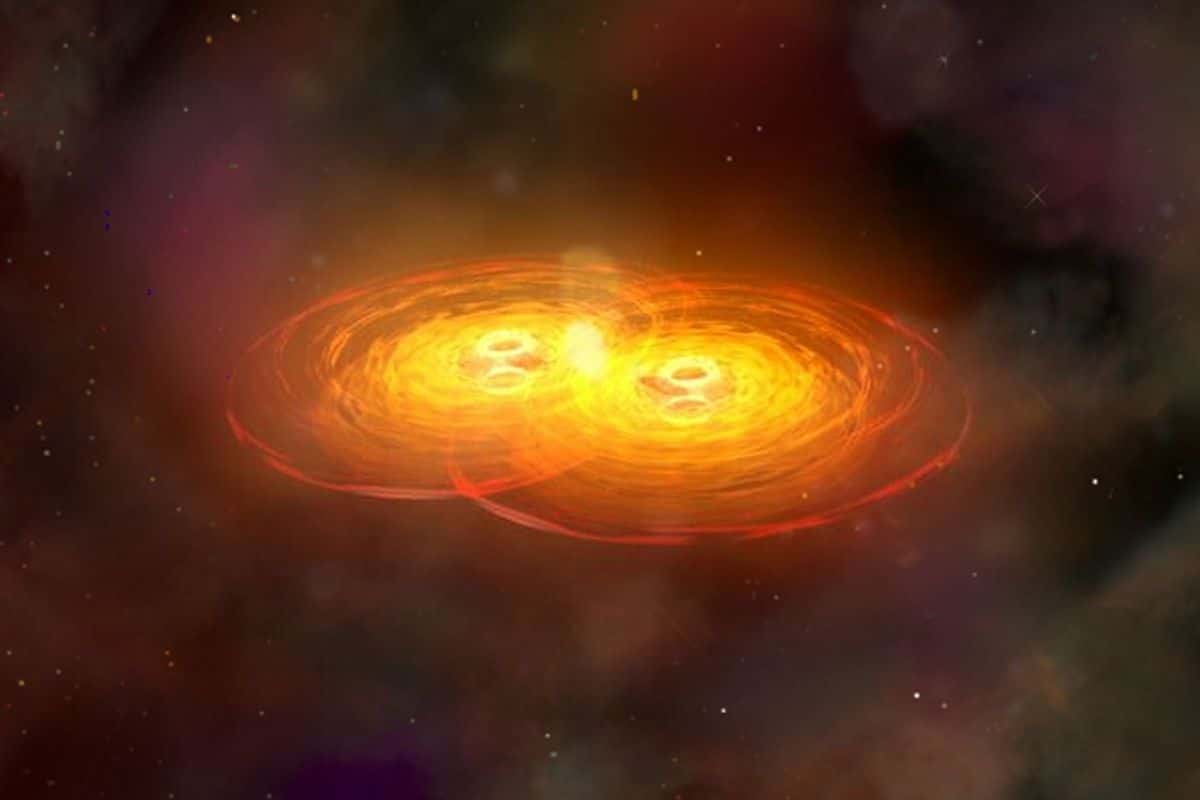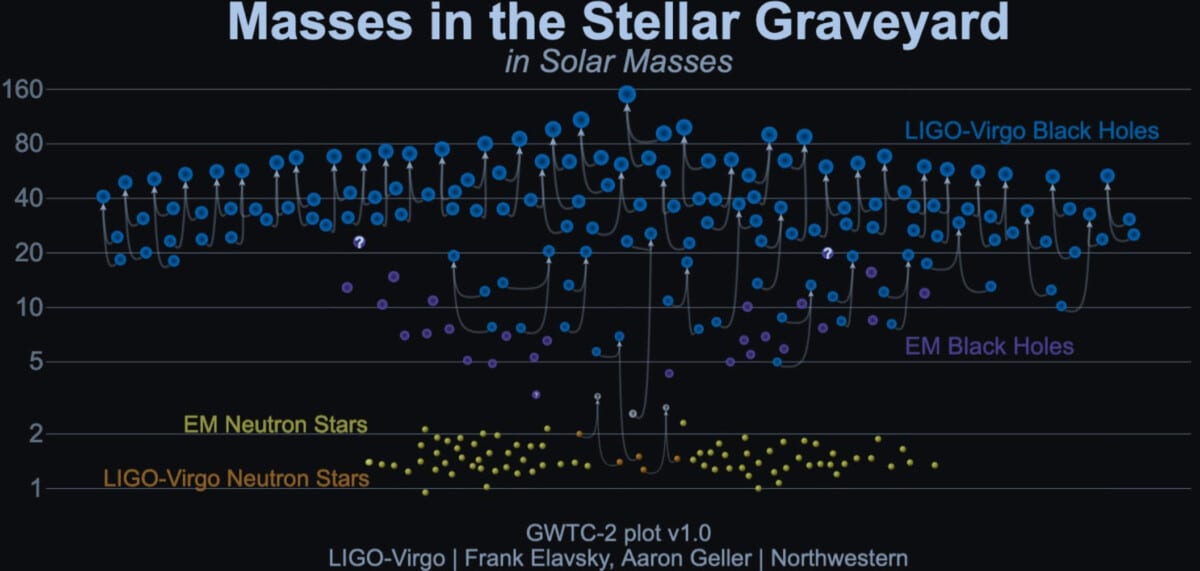
An international team of researchers now seems to have figured it out: it has everything to do with the fact that our telescopes are biased against these massive black holes.
It is 2015 when specially developed detectors on Earth detect a gravitational wave for the first time. In addition to the great joy that it has finally been possible to actually detect the gravitational waves predicted by Einstein, astronomers are also amazed. The wave appears to have been created during a collision between two black holes that belong to a type that we did not know existed until that moment. With a weight of several tens of solar masses, both black holes can be classified as heavy black holes. And astronomers had never observed these with their conventional telescopes (see box).
bias
How is that possible? An international team of researchers – led by Dutch astronomer Peter Jonker – now thinks they have figured it out. According to them, conventional telescopes have a bias against massive black holes. In other words, our telescopes have a blind spot. And the massive black holes are right in the middle of that.
Dusty
Massive black holes can also be observed through their companion star, Jonker and colleagues say in the magazine The Astrophysical Journal. Only the circumstances work against our telescopes. The massive black holes are said to be formed from stars that implode instead of explode. As a result, the resulting massive black holes sit in the plane of the Milky Way, where they are enveloped in dust. On the other hand, lighter black holes – which our telescopes have already observed – arise from a star explosion in which they are ejected directly from the Milky Way plane and are no longer obscured by dust.
Supervisor is too far away
But the dusty environment that contains massive black holes isn’t the only reason our telescopes can’t detect these massive black holes. Jonker and colleagues argue that the precursors of heavy black holes are also very large, so that the companion star is by definition somewhat further away. When that precursor implodes, the distance to the companion remains unabated and it is much more difficult for the resulting massive black hole to snatch matter from that companion star. And that makes it even more difficult for our telescopes – which can also see massive black holes only when they ‘eat’ – to find them.

Here you can see what the different detectors and telescopes have found so far. What is striking is that dozens of heavy black holes have already been discovered via gravitational waves. It should be noted that it can be argued that gravitational wave detectors have a bias in favor of heavy black holes, because these black holes produce stronger waves when they collide than, for example, light black holes. The image also reveals that telescopes hunting for electromagnetic radiation have so far only spotted light black holes (below 20 solar masses).
The reasoning of Jonker and colleagues suggests that we have no chance and can never observe massive black holes. But that’s not true. The James Webb Space Telescope will be launched next month. This infrared telescope can see right through the dust in the Milky Way disk and should – if Jonker and colleagues’ reasoning is correct – have a significantly better chance of spotting a massive black hole.
Source material:
“Bias telescopes appear to be the cause of missing massive black holes” – ASTRON
Image at the top of this article: NASA / CXC / A.Hobart